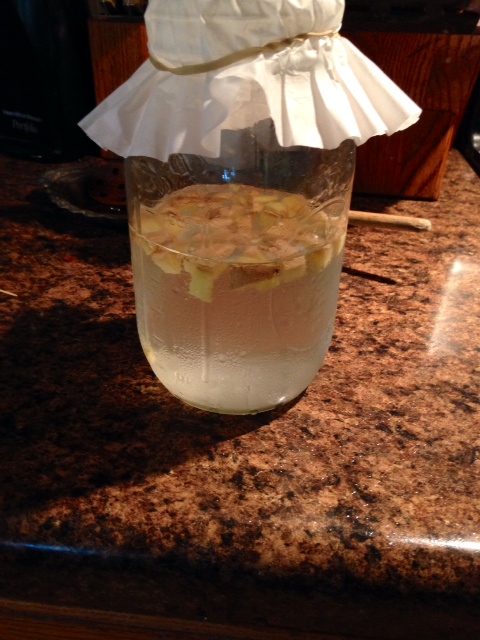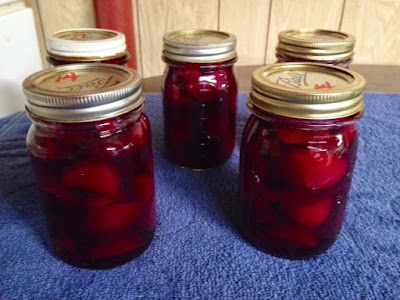I just love summer and canning season! There are so many new recipes out there to try, along with my family's tried-and-true recipes, but this post is about two new recipes I've tried this summer. We have tons of cucumbers and will have tons of zucchini, as do most gardeners, so perhaps these two recipes will help you out with your abundance of both.
First up is Dilly Dog Relish. I found this recipe in the e-book
The Pickled Pantry: From Apples to Zucchini, 150 Recipes for Pickles, Relishes, Chutneys & More by Andrea Chesman. I got my copy through my Scribd subscription, but it's also available through Amazon. It's definitely well worth a read-through, especially if you're a crazy canner like me who is looking for a few new and different recipes to try. I did vary from Andrea's recipe by adding a red bell pepper - never said I followed a recipe exactly!
Dilly Dog Relish
6 cups finely chopped cucumbers (about 12 pickling cucumbers)
2 onions, finely chopped
1 sweet red bell pepper, finely chopped
1/4 cup pickling salt
3 cups white vinegar (5% acidity)
1 cup water
1 cup sugar
6 sprigs fresh dill, chopped (about 1/4 cup)
1 head garlic, cloves separated, peeled, and chopped (I used 9 garlic cloves--adjust to your family's taste)
1 teaspoon mustard seeds
1/2 teaspoon freshly ground black pepper
Combine the cucumbers, onion, and bell peppers in a large bowl or container. Sprinkle with the salt and cover with ice water. Let stand for at least 2 hours and up to 6 hours. Drain the vegetables in a colander, pressing out any liquid.
Combine the vinegar, water, sugar, dill, garlic, and mustard seeds in a saucepan and bring to a boil, stirring to dissolve the sugar. Add the drained vegetables and stir until well combined. Simmer until hot, about 5 minutes.
Pack the mixture into clean hot half-pint caning jars, leaving 1/2-inch headspace. Remove any air bubbles and seal.
Process in a boiling water bath for 10 minutes. Let cool undisturbed for 12 hours before storing in a cool, dry place.
Don't open for at least 6 weeks to allow the flavors to develop.
Yield: Makes 8 to 9 half-pints
I love Pinterest. I've found a ton of canning recipes there, and I have a huge collection of recipes on my Pinterest site that I one day want to try, and today is was the day for Zucchini Pineapple. I found this yummy recipe on
hickeryhollerfarm.blogspot.com, and it's definitely a keeper! I always have too much zucchini, and I get tired of simply shredding and freezing it for future use - it almost always becomes freezer burnt and tossed out because I just don't bake enough zucchini bread. But, I think this recipe will help me go through all that extra zucchini. My youngest son Travis just loves pineapple, so I can't wait to get his opinion on this recipe.
Zucchini Pineapple
4 quarts zucchini, peeled and either grated or diced (your choice)
1-1/2 cups bottled lemon juice
1 can (46 ounces) unsweetened pineapple juice
3 cups sugar
Remove the peel and seeds from zucchini. Coarsely grate or cube zucchini into smaller cubes.
Mix all ingredients thoroughly and simmer for 20 minutes, stirring frequently.
Fill clean hot jars with hot zucchini mixture, leaving 1-2/-inch headspace. Adjust lids.
Process in a boiling water bath for 15 minutes. Remove jars and allow to cool completely.
Yield: 6 pints
Note: Only use pints and half-pint jars for this recipe. Anything larger and the mixture will be too dense to can correctly. This recipe originated from the Missouri State University Extension Service.













































